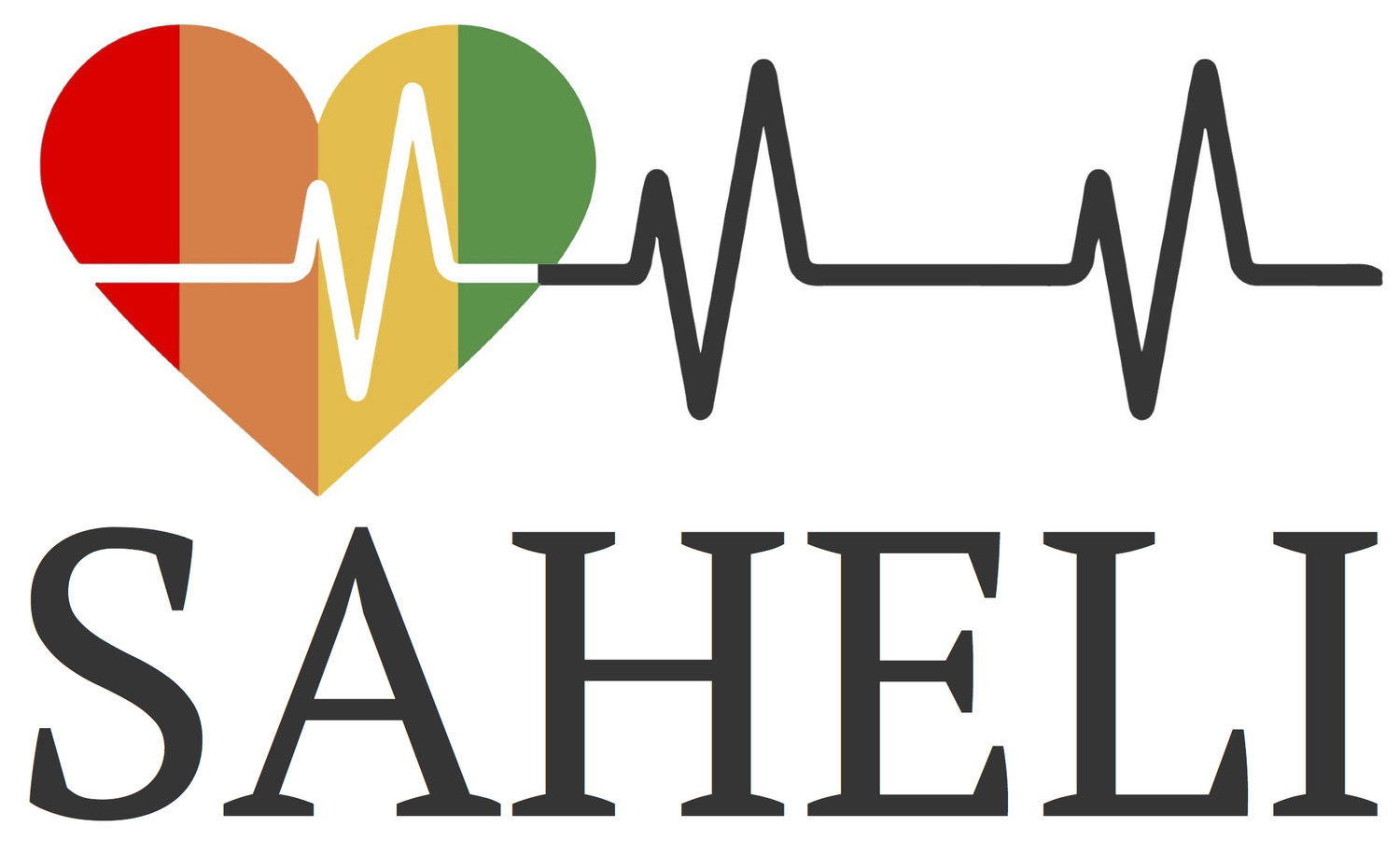What is your academic background and current affiliation?
I graduated from the University of Iowa with a BS in Biochemistry and minor in Spanish. I also attended the University of Iowa Carver College of Medicine where I graduated with my MD with distinction tracks in global health, service, and humanities. I began my post-graduate medical training in family medicine at the Lawrence Family Medicine Residency based in a predominantly Latino-serving FQHC in Lawrence, MA. Currently, I’m finishing my final year in the Family Medicine/Preventive Medicine and Public Health Program at Cook County Health and Northwestern University.
What are your current research interests?
During the COVID-19 pandemic, I was able to apply my academic research on cultural tailoring of public health messaging with the SAHELI study to real-world resources for immigrant communities. Filipino Americans, like many communities of color, have been deeply affected by the COVID-19 pandemic. Despite comprising only 4% of the nursing workforce in the US, Filipinos are 32% of the nurse deaths due to COVID-19 according to National Nurses United.
In response to this need, I was part of a national team to design and implement TayoHelp.com, an online, culturally-tailored COVID-19 resource for Filipino American elderly, frontline workers, and the unemployed, available in both English and Tagalog. TayoHelp.com is sponsored by the Filipino Young Leaders Program (FYLPRO), a leadership development and community outreach program in partnership with the Philippine Embassy in the United States.
We will also soon start recruitment MAGPABAKUNA na Tayo Study (Measuring And Gathering data on Pilipinx/a/o American Behaviors, Attitudes, and Knowledge Understanding Novel CoronAvirus vaccines) to improve disaggregated data for Filipino American communities.
What excites you about your research field?
Gaining additional training in the fields of Preventive Medicine and Public Health allowed me to develop skills in community-based participatory research as a tool for health equity advocacy with immigrant and refugee communities. At the individual level, I have been trained to treat patients’ medical and social needs at safety-net healthcare institutions in the primary care setting with a focus on screening, prevention, and culturally humility. On the population level, I am learning skills to effect systems change through research on health disparities, creating interventions with cultural tailoring of health education, and advocating for health equity in all policies.
What are two important take-home points from your research?
Communities themselves are experts of their own lived experiences, but many immigrant communities are rarely represented in biomedical research. Even fewer community-based interventions effectively incorporate cultural values or sociocultural contexts to address health disparities for immigrant populations, and Dr. Kandula’s work with South Asian health is a pioneer in this field. Few outsiders are aware of the Filipino community’s high-risk occupational exposures as healthcare workers and increased chronic disease prevalence, which are closely tied to histories of US and Spanish colonialism in the region. I hope that my current and future work will illuminate the intersection of migration and sociocultural influences on health for the Filipino community.
How does your work support community priorities and health equity?
As an organization dedicated to supporting young professional leaders in diaspora, FYLPRO is also excited to partner with Northwestern ARCC on The Bayanihan Project to study immigrant communities at high risk for COVID-19 in the Chicago area: namely Filipino elderly, healthcare workers, and frontline caregivers. Combining Dr. Kandula’s CBPR expertise and FYLPRO’s connections to local Filipinx/a/o networks, our joint study team with community leaders will examine the links of health and core Filipino cultural values like bayanihan (community effort toward a shared goal), hiya (shame), and bahala na (religious fatalism). By investigating how certain values are protective while other values could lead to delayed health seeking behaviors or preventive health measures for COVID-19, we can co-create community resources towards a common goal of health equity.
How did you identify your mentor?
I have been fortunate to be supported and sponsored by a network of mentors throughout my clinical training working on global health equity in clubfoot treatment, direct services for migrant farmworkers, diversity in medical education, and immigrant health disparities research. Oftentimes, these relationships come from engaging in conversations at departmental lectures or conferences such as APHA. Whether locally or nationally, you will not only learn from inspiring speakers, but also meet your future colleagues and potential collaborators.
What is the most valuable piece of advice you have received from a mentor?
Public health is a very diverse field, and your opportunities are only as limited as your passions. As physicians, we have entered a profession rooted in service to alleviate suffering but our unique population-based skills in public health allow us to more effectively address and advocate for community health. Although we all have aspirational career goals, you don’t have to do them all now or all at once. It’s a natural cycle to have different chapters in our careers, whether it be more clinical- or public health-focused. Being open to opportunity, and simultaneously sharing opportunities with others, is both a practice and a skill.
What are key tips and tricks to maintaining "mentor-mentee" relationships from your experience?
Public health is a collective effort, and identifying your team is so important so you won’t have to face challenges alone. I enjoy developing near-peer networks through the Council of Young Filipinx Americans in Medicine(CYFAM) where our undergraduate students learn from our medical students, and our medical students learn from our residents and young attendings to engage in community health and professional development. I’ve also learned a great deal from the National Academies of Sciences, Engineering, and Medicine podcast series on “The Science OF Effective Mentoring in STEMM”
What is your favorite thing to do when you are not working?
Although more accessible pre-pandemic, I love taking dance classes in classical ballet or Argentine tango from various studios throughout the city. While maintaining social distancing in the winter months, you can find me listening to non-fiction audiobooks while nursing a taro boba tea and walking on the Lakefront Trail.

